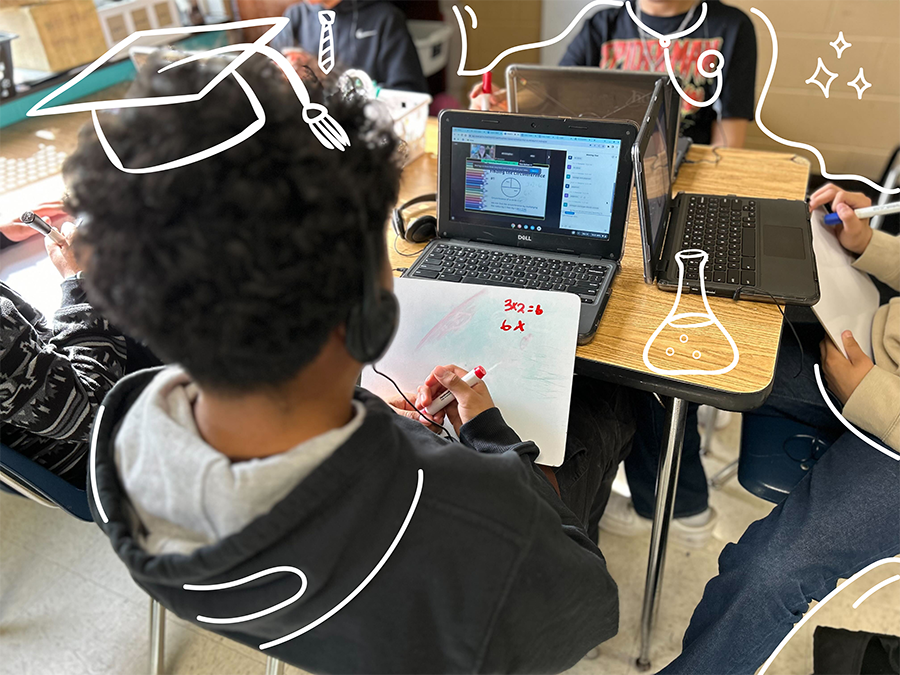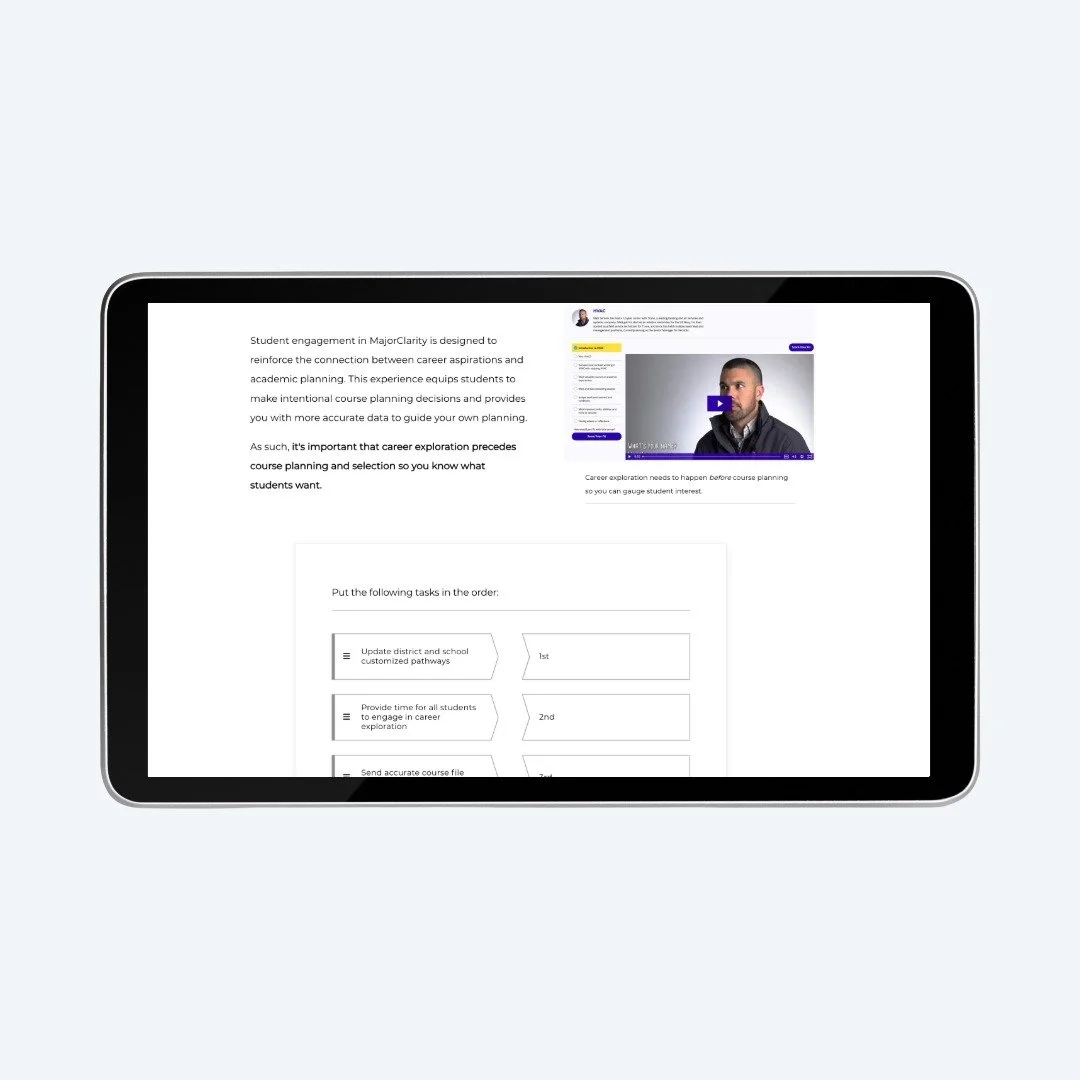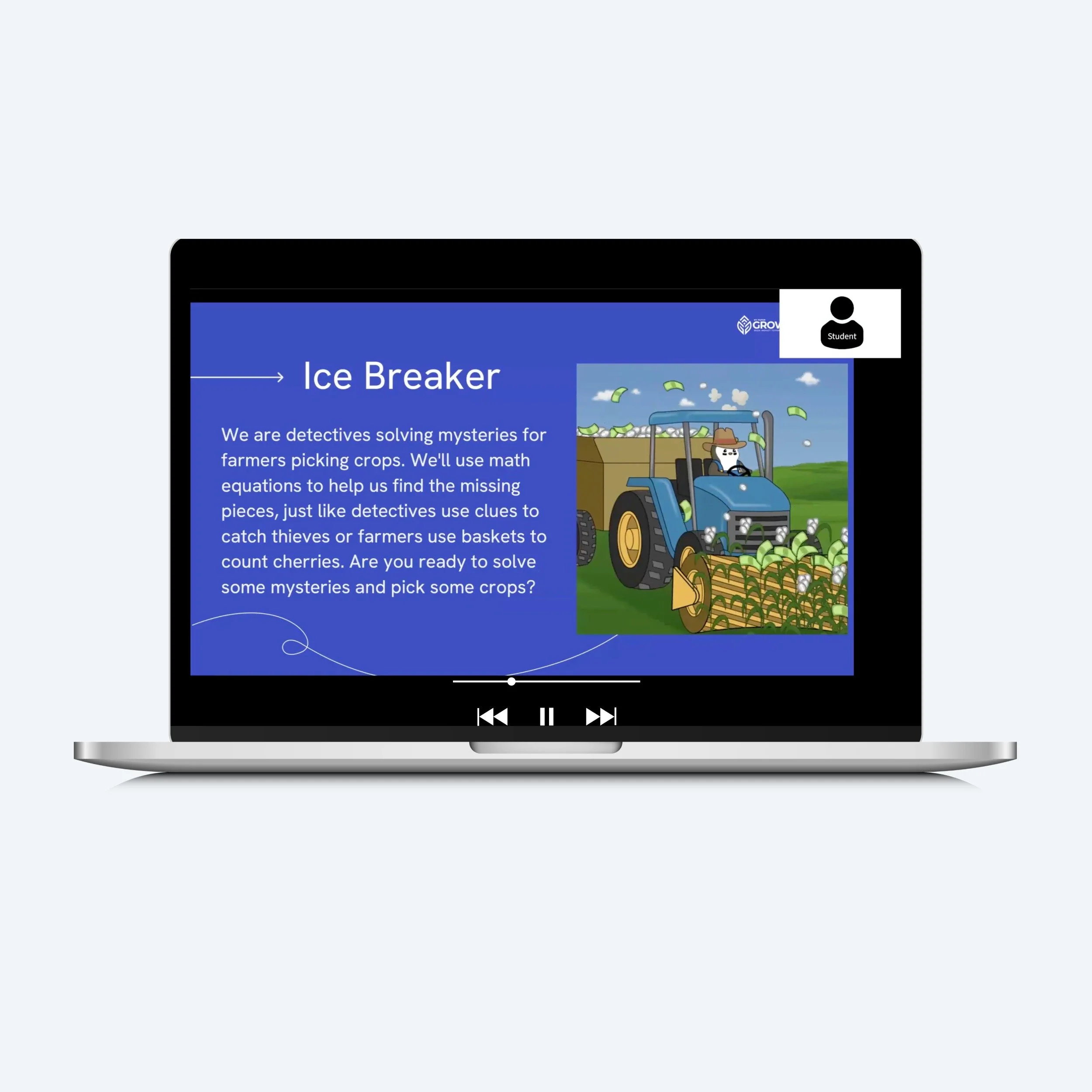Paper
Paper launched GROW—a successful high-impact tutoring (HIT) program—in the Fall of 2024. After the first semester, Paper’s tutor training team wanted to update their online training courses to better meet the needs of the rapidly-expanding program. Because a new cohort of tutors was slated to be trained before school started again in January, they had a tight one-month turnaround for the project.
What We Did
Instructional Design
Video Editing
About the client
Paper is a Montreal-based ed-tech company that partners with school districts to provide K–12 students with unlimited, 24/7 academic support at no cost to families. Paper’s HIT program, GROW, delivers high-quality, small-group instruction that drives accelerated learning outcomes.
Educating Educators
Goals
Paper’s goal for this project was to provide a more practical training experience for new tutors. To that end, we were asked to revise two training courses to be shorter, more engaging, and balanced between practical tutoring, technical skills, and pedagogy. Topics ranged from how to effectively scaffold learning for students in an online environment to how to start sessions and troubleshoot technical issues.
The courses also had to be completed within a single month, across the December holiday break, so tutors could be trained in time for the Spring semester.
Deepening our understanding
Discovery
We began by doing a thorough audit of two key GROW online training courses, one on pedagogy and one on technical skills. Completing each course as a learner gave us a chance to see what was working and what wasn’t. We also met with Paper’s tutor training team to discuss what outcomes they were looking for in terms of tutor skills and behavior.
Here’s what we found:
The original courses were long, text-heavy, and at times too theoretical—closer to a semester-long college course than a 3-hour training.
They lacked enough focus on the platform’s tools and day-to-day tutoring scenarios.
Objectives and assessments were sometimes inconsistent, making the learning experience uneven and difficult to navigate.
The tutor training team felt that a more narrow focus on what is applicable to online training sessions would be a more valuable experience for learners.
Building with the end in mind
Instructional Design
After presenting our discovery findings, we worked with the tutor training team to identify what to keep, cut, and reframe in the two courses. Then, we worked with the SMEs to determine the learning outcomes they were looking for, and drafted learning objectives to match those.
From there, we created an outline and worked collaboratively with the tutor training team to fill in the details and flesh out the course. We then storyboarded the course in Google Docs to facilitate rapid SME review.
Once the content was approved by the tutor training team, we then built out the course in Articulate Rise to provide a modern, engaging e-learning experience.
REal-world experiences
Video
Articulate RISE allows you to build courses with a high level of interactivity, but we also wanted to ensure that these courses could show learners what a quality HIT tutoring sessions look like.
To that end, we used video clips from real tutoring sessions recorded during the previous semester throughout the course. The tutor training team selected high-quality tutoring sessions, and we edited them into digestible clips to highlight important skills and pedagogy points.
Exceeding Expectations
Results
Despite the tight one-month turnaround, we delivered both courses on time—meeting and exceeding Paper’s goals. Initial feedback has been overwhelmingly positive.
The updated training is now leaner, more consistent, and highly practical, equipping new HIT tutors with the right balance of learning theory, tutoring strategies, and tech know-how to give students a stronger learning experience.




